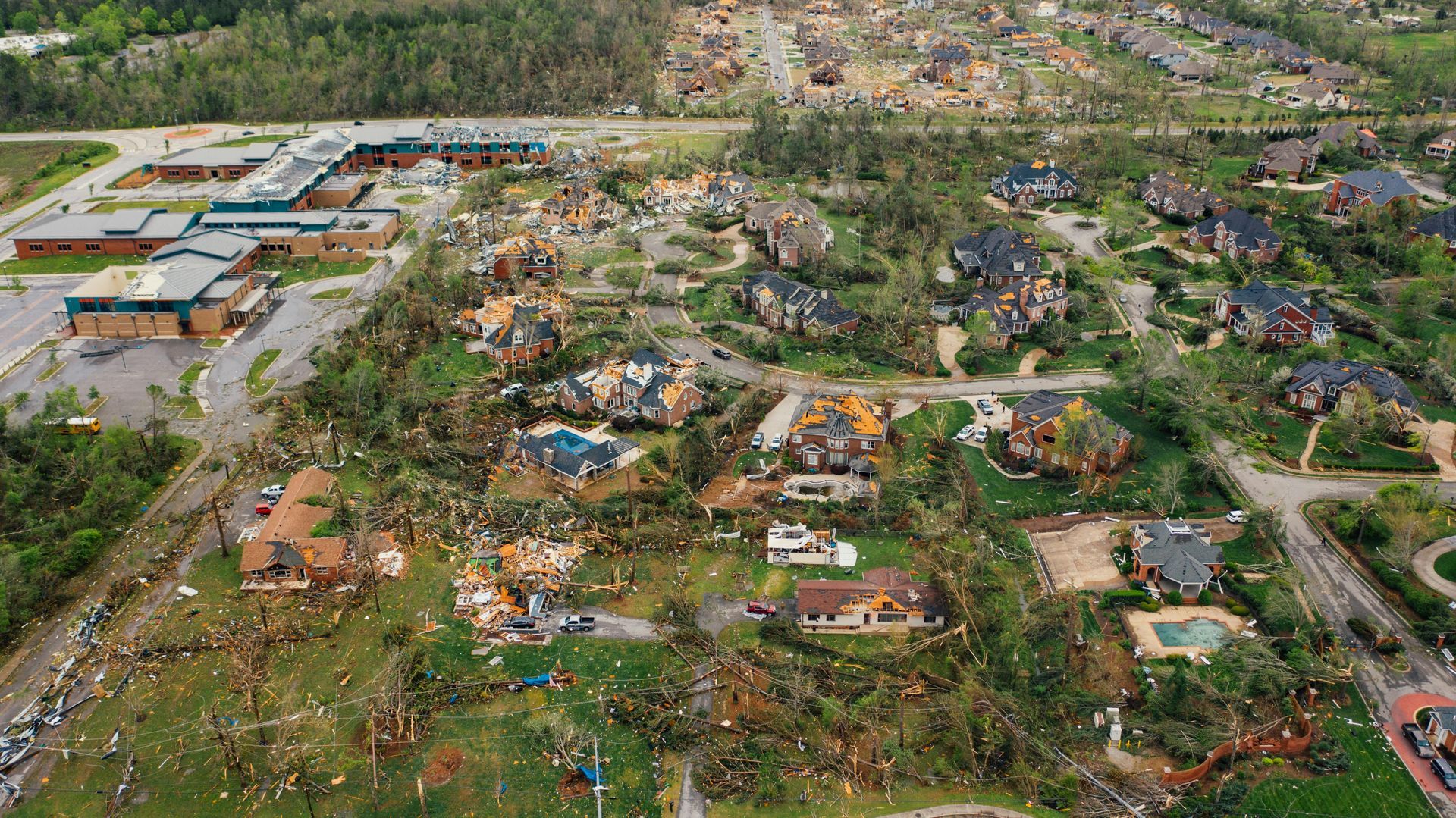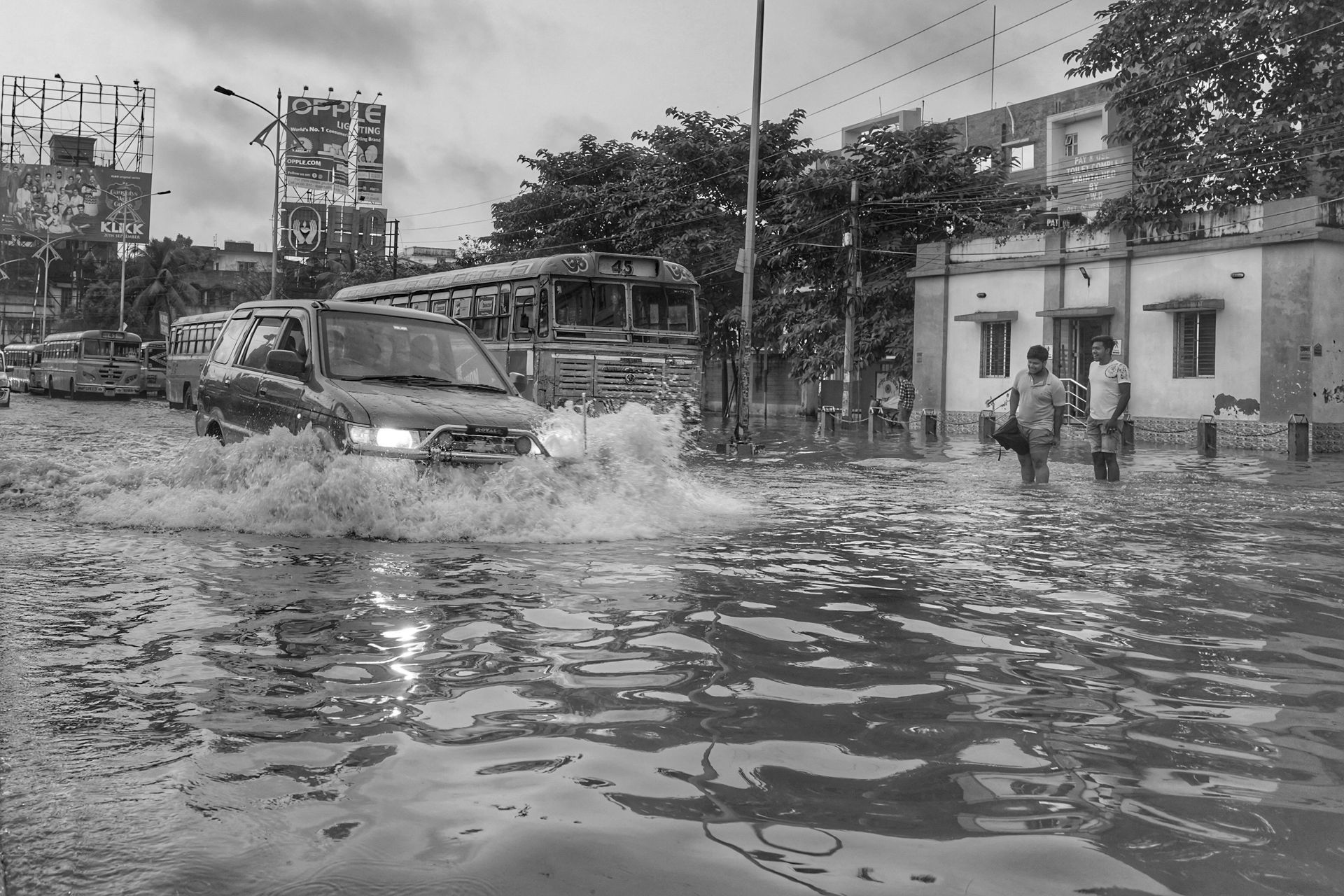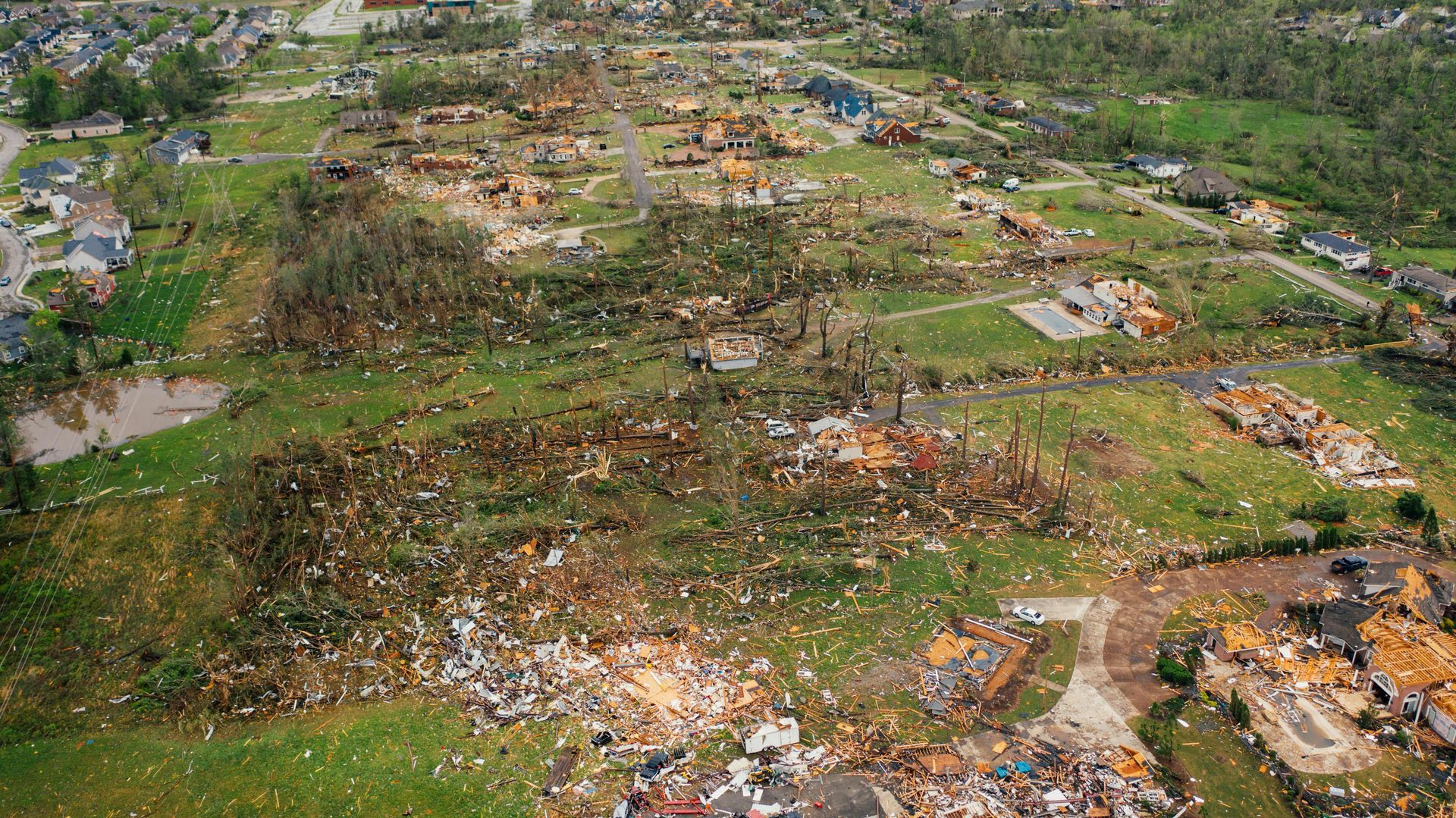What to Expect During Tornado Season—and How to Stay Safe
Tornado season is an annual reminder of nature’s immense power and unpredictability. While tornadoes can occur at any time of the year, certain months bring heightened activity, particularly in areas like Tornado Alley and the Southeastern United States. Understanding the risks, preparing adequately, and knowing how to respond during a tornado are critical for protecting your family and property. This guide will help you navigate tornado season with confidence and safety.
Understanding Tornado Season
When Is Tornado Season?
Tornado season varies depending on your location:
- Southern Plains (Tornado Alley): Peak season is spring, particularly from April to June.
- Southeast (Dixie Alley): Tornado activity is common during late winter and early spring, with a secondary peak in the fall.
- Northern States: Tornadoes are more likely in late summer.
While these patterns hold true, tornadoes can—and do—occur outside these timeframes, so preparedness is always essential.
What Causes Tornadoes?
Tornadoes form when warm, moist air collides with cold, dry air, creating instability in the atmosphere. When strong winds at different altitudes blow in varying directions (wind shear), they create a rotating effect. If a thunderstorm develops under these conditions, the rotation can intensify and form a funnel cloud, which may touch down as a tornado.
How Tornadoes Are Rated
The Enhanced Fujita (EF) Scale measures tornado intensity based on the damage they cause:
- EF0 (Weak): 65–85 mph winds
- EF1 (Moderate): 86–110 mph winds
- EF2 (Significant): 111–135 mph winds
- EF3 (Severe): 136–165 mph winds
- EF4 (Devastating): 166–200 mph winds
- EF5 (Incredible): Over 200 mph winds
While weaker tornadoes are more common, EF4 and EF5 tornadoes can cause catastrophic damage and loss of life.
Preparing for Tornado Season
1. Understand Your Risk
Knowing your area’s tornado history and risk level is essential. Check local weather patterns and resources like the National Weather Service (NWS) to stay informed.
Pro Tip: Familiarize yourself with the difference between a Tornado Watch (conditions are favorable) and a Tornado Warning (a tornado has been sighted or detected on radar).
2. Create a Tornado Emergency Plan
A solid emergency plan can save lives. Discuss it with your family so everyone knows what to do if a tornado strikes.
Key elements of your plan:
- Safe Room: Identify the safest location in your home, such as a basement, storm shelter, or interior room on the lowest level, away from windows.
- Communication Plan: Establish how family members will contact each other if separated.
- Evacuation Routes: Know your local shelters and alternate routes to reach them safely.
3. Build an Emergency Kit
Prepare a tornado emergency kit with essential supplies to sustain your family for at least 72 hours.
Include:
- Flashlights and batteries
- Portable weather radio
- Non-perishable food and bottled water
- First-aid kit and medications
- Important documents in a waterproof container
- Blankets, sturdy shoes, and protective clothing
Pro Tip: Update your kit regularly to replace expired items and accommodate seasonal changes.
4. Fortify Your Home
Strengthening your home can minimize damage during a tornado.
Steps to take:
- Install storm shutters or use plywood to protect windows.
- Reinforce doors, including garage doors, to withstand high winds.
- Anchor heavy furniture and appliances to walls.
- Secure outdoor items like patio furniture and grills to prevent them from becoming projectiles.
5. Stay Informed
Invest in a NOAA weather radio and sign up for local emergency alerts to stay updated on tornado threats. Reliable sources include:
- National Weather Service (NWS)
- Local meteorologists
- Smartphone apps with severe weather alerts
What to Do During a Tornado
1. Take Shelter Immediately
If a Tornado Warning is issued, move to your designated safe area without delay. Tornadoes can form and touch down quickly, leaving little time to react.
- Best Shelter Options
- Basement or Storm Shelter: The safest place to be during a tornado.
- Interior Room: A small, windowless room on the lowest floor, such as a closet or bathroom.
- Public Shelter: If you’re not at home, seek the nearest public storm shelter or sturdy building.
Avoid large, open spaces like gymnasiums or auditoriums, which are more vulnerable to collapse.
2. Protect Yourself
Use items around you to shield yourself from flying debris, one of the leading causes of tornado-related injuries.
How to protect yourself:
- Use helmets, heavy blankets, or mattresses to cover your head and body.
- Get under a sturdy piece of furniture, such as a table or desk.
- Crouch low and protect your neck and head with your arms.
Reminder: If you’re in a car or outside with no shelter nearby, lay flat in a ditch or low-lying area and cover your head.
3. Stay Calm and Wait for the All-Clear
Remain in your shelter until officials declare it safe to leave. Tornadoes often travel in clusters, so another one may follow shortly after.
What to Do After a Tornado
1. Check for Injuries
Once the immediate danger has passed, check yourself and those around you for injuries. Administer first aid if needed and call 911 for serious injuries.
2. Inspect Your Property Safely
Assessing the damage is important, but safety comes first.
Steps to follow:
- Avoid downed power lines and gas leaks.
- Wear protective gear, including gloves and boots.
- Document damage with photos for insurance purposes.
3. Contact Your Insurance Provider
Notify your insurance company as soon as possible to file a claim. Provide detailed documentation of the damage, including photographs and receipts for temporary repairs.
4. Begin Cleanup and Repairs
Focus on essential repairs to prevent further damage to your home. If the damage is extensive, hire professionals to ensure safety and quality work.
Pro Tip: Disaster restoration companies like Disaster South specialize in post-tornado recovery, from cleanup to rebuilding.
Common Tornado Myths Debunked
Understanding tornado safety involves separating fact from fiction. Here are some common myths:
- Myth: Tornadoes don’t strike cities or mountains.
- Fact: Tornadoes can occur anywhere with the right conditions.
- Myth: Opening windows reduces tornado pressure.
- Fact: Opening windows wastes precious time and doesn’t prevent damage.
- Myth: Overpasses are safe shelters.
- Fact: Taking shelter under an overpass is dangerous due to funneling winds and debris.
Building Resilience Against Tornadoes
While tornadoes are unpredictable, taking proactive measures can reduce their impact on your life. Strengthening your home, staying informed, and practicing safety measures are essential steps to safeguarding your family and property.
At Disaster South, we understand the challenges tornadoes bring. From emergency preparedness consultations to comprehensive restoration services, our team is here to support you before, during, and after tornado season.
Conclusion
Tornado season may be a time of heightened risk, but it doesn’t have to be a time of fear. By preparing your home, creating a family emergency plan, and staying informed, you can navigate tornado season with confidence. And remember, after the storm passes, Disaster South is ready to help you rebuild and restore what matters most.
Contact Disaster South today at 877-84-STORM for expert advice and restoration services to keep your family safe this tornado season.
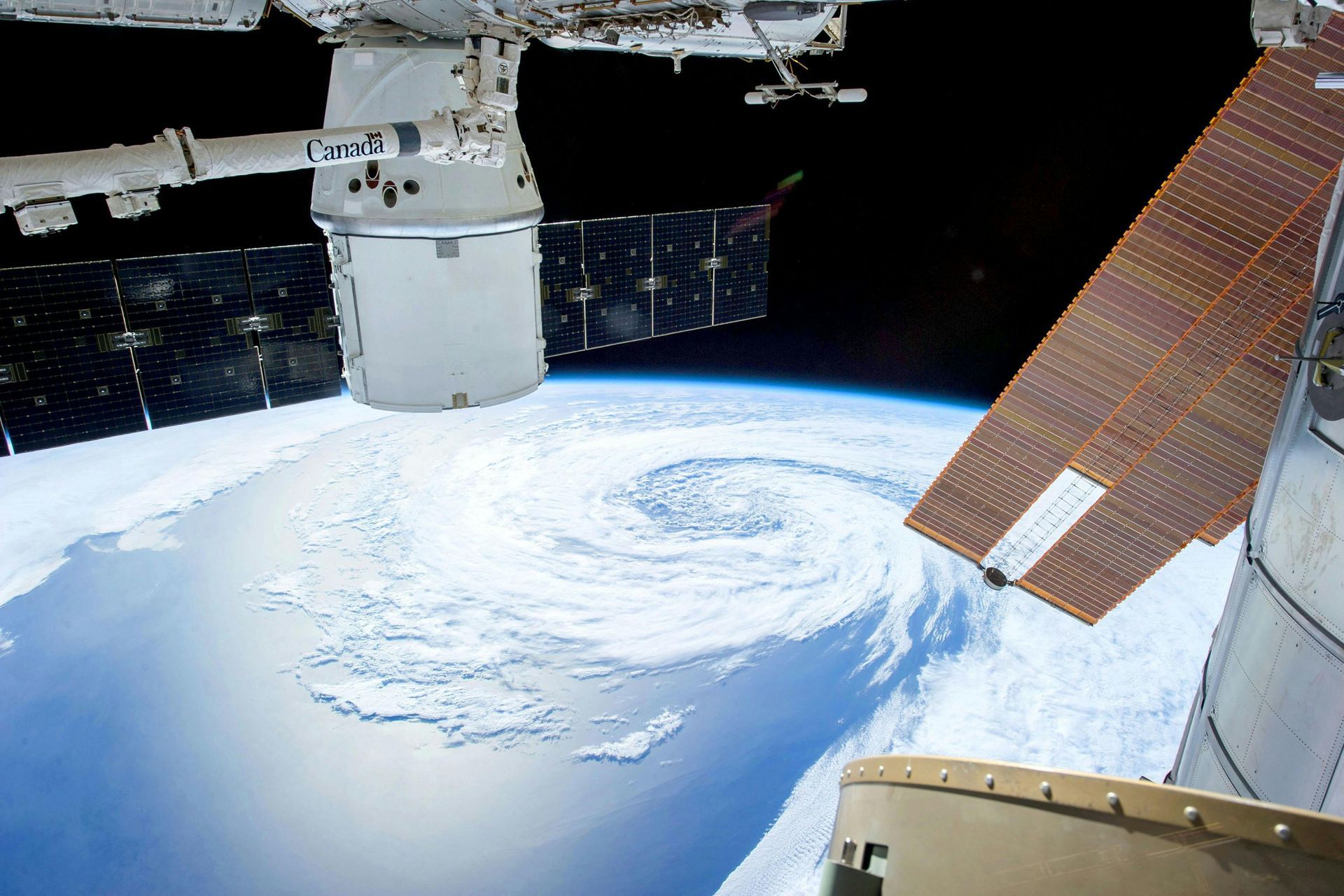
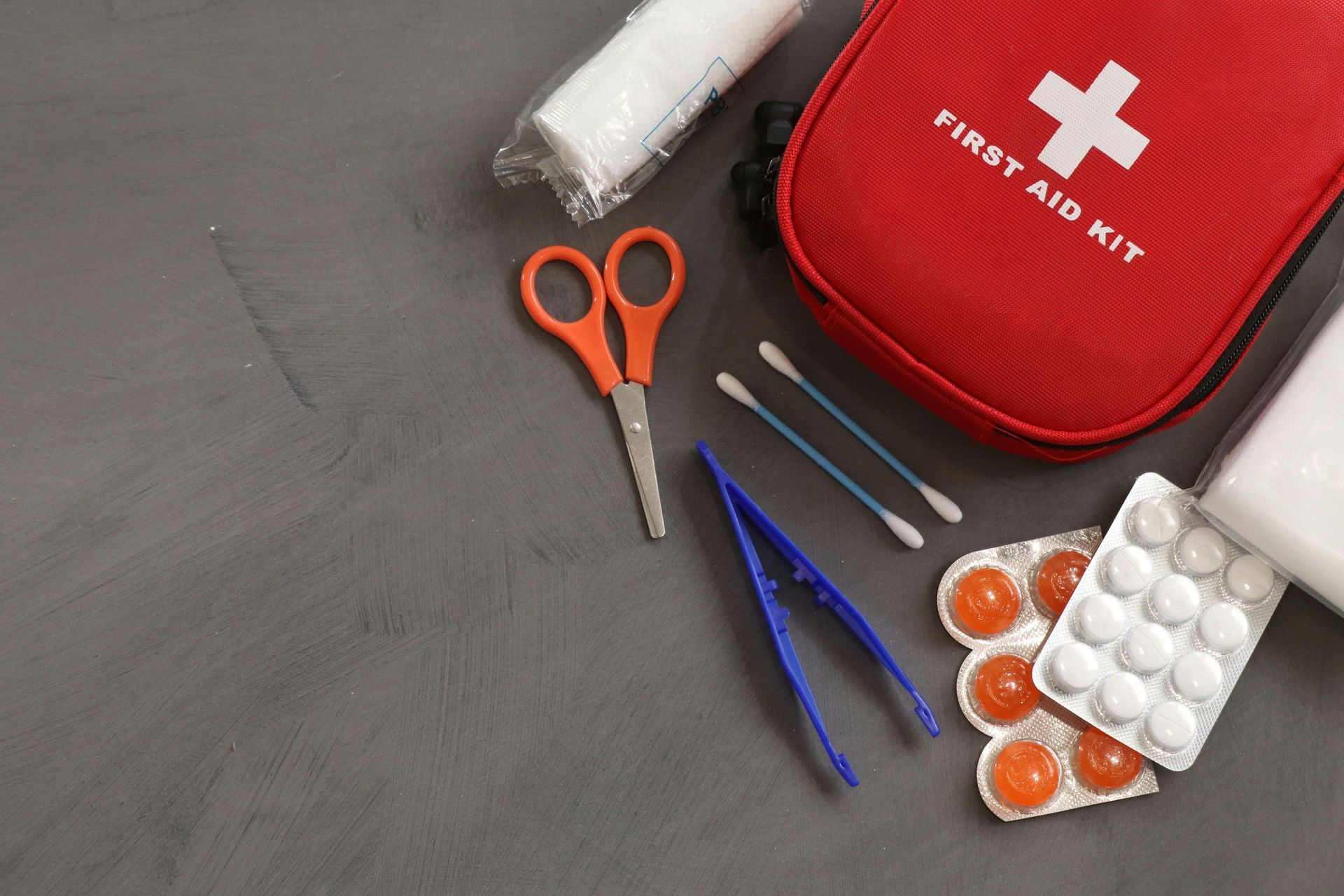
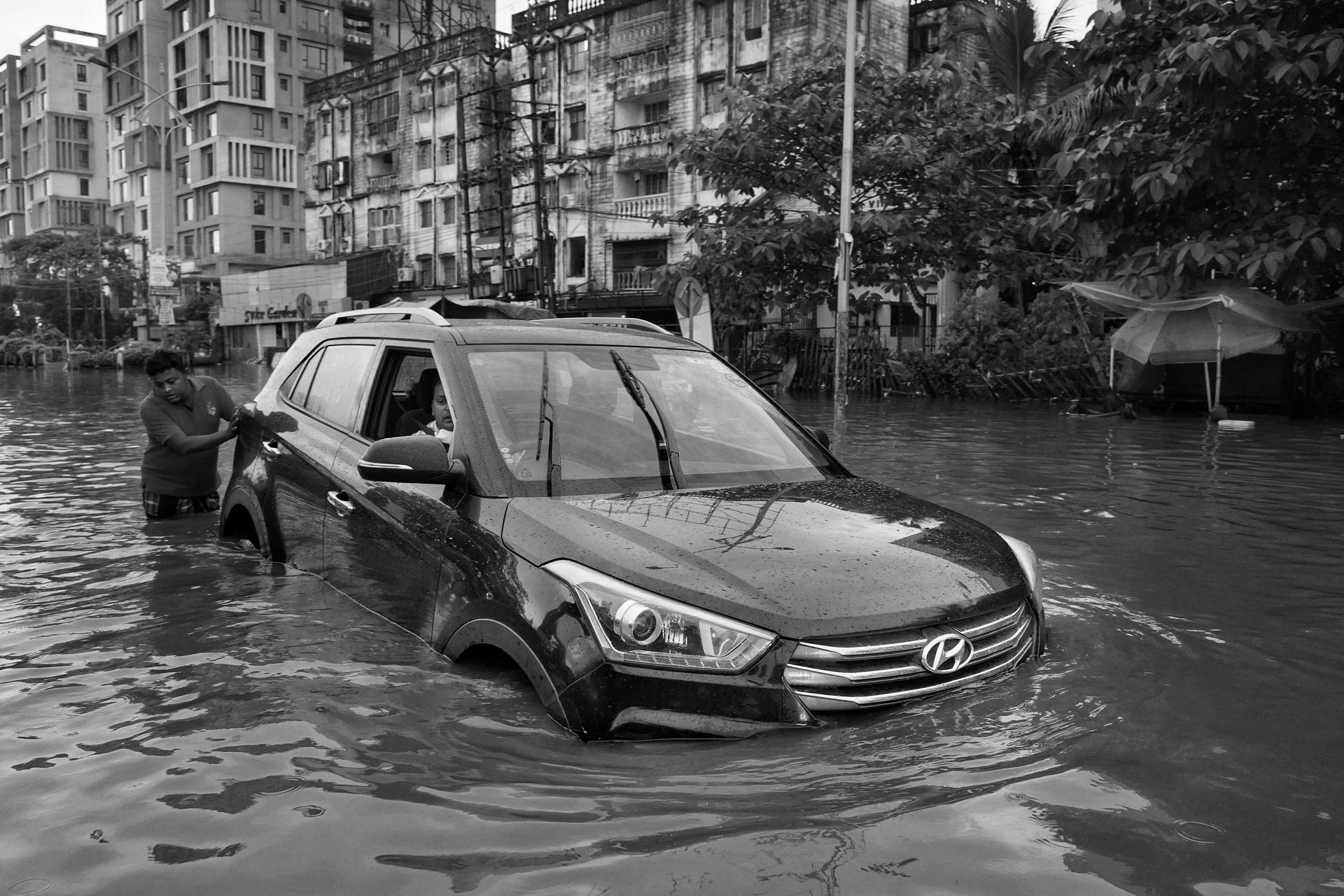

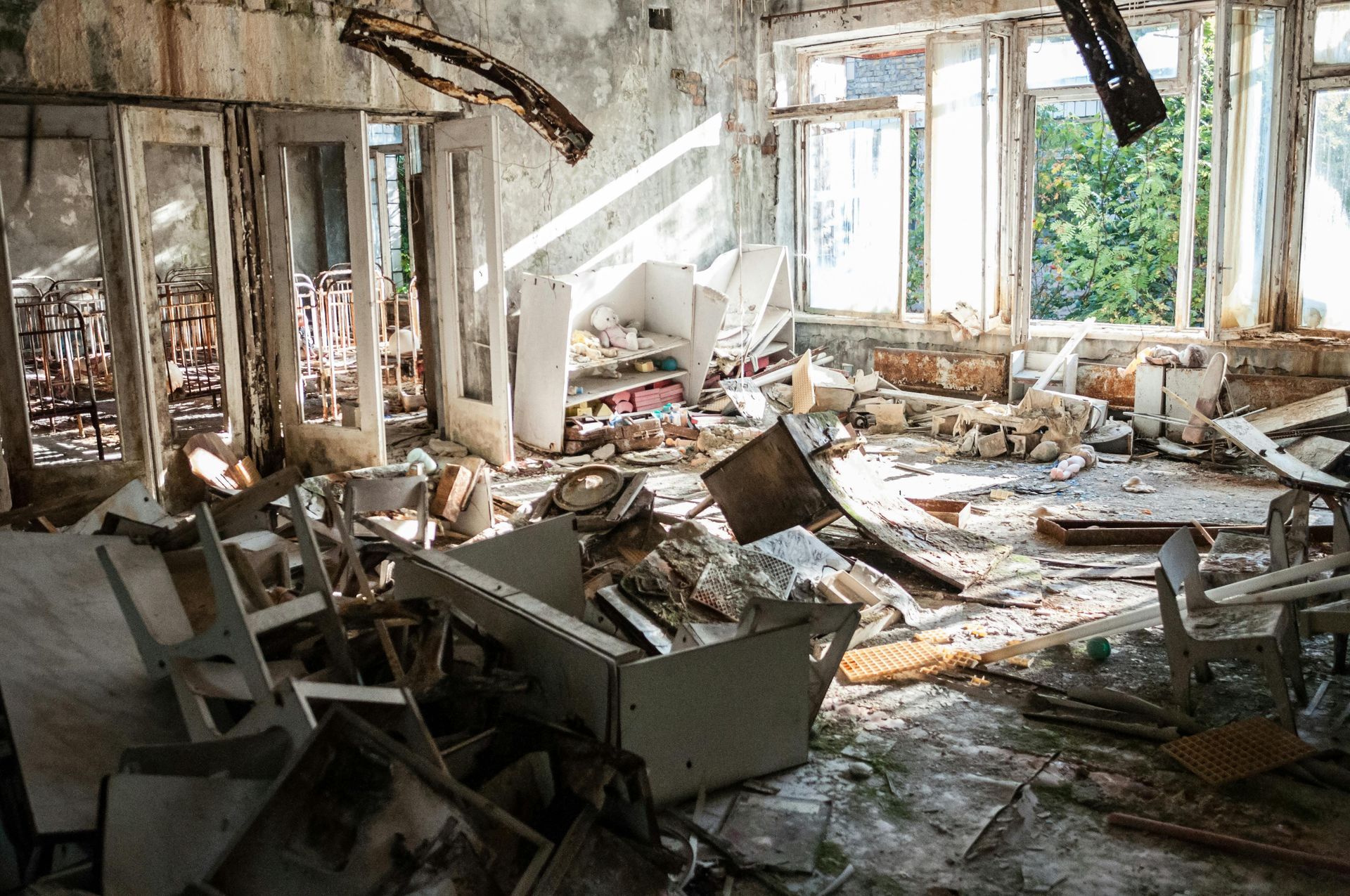
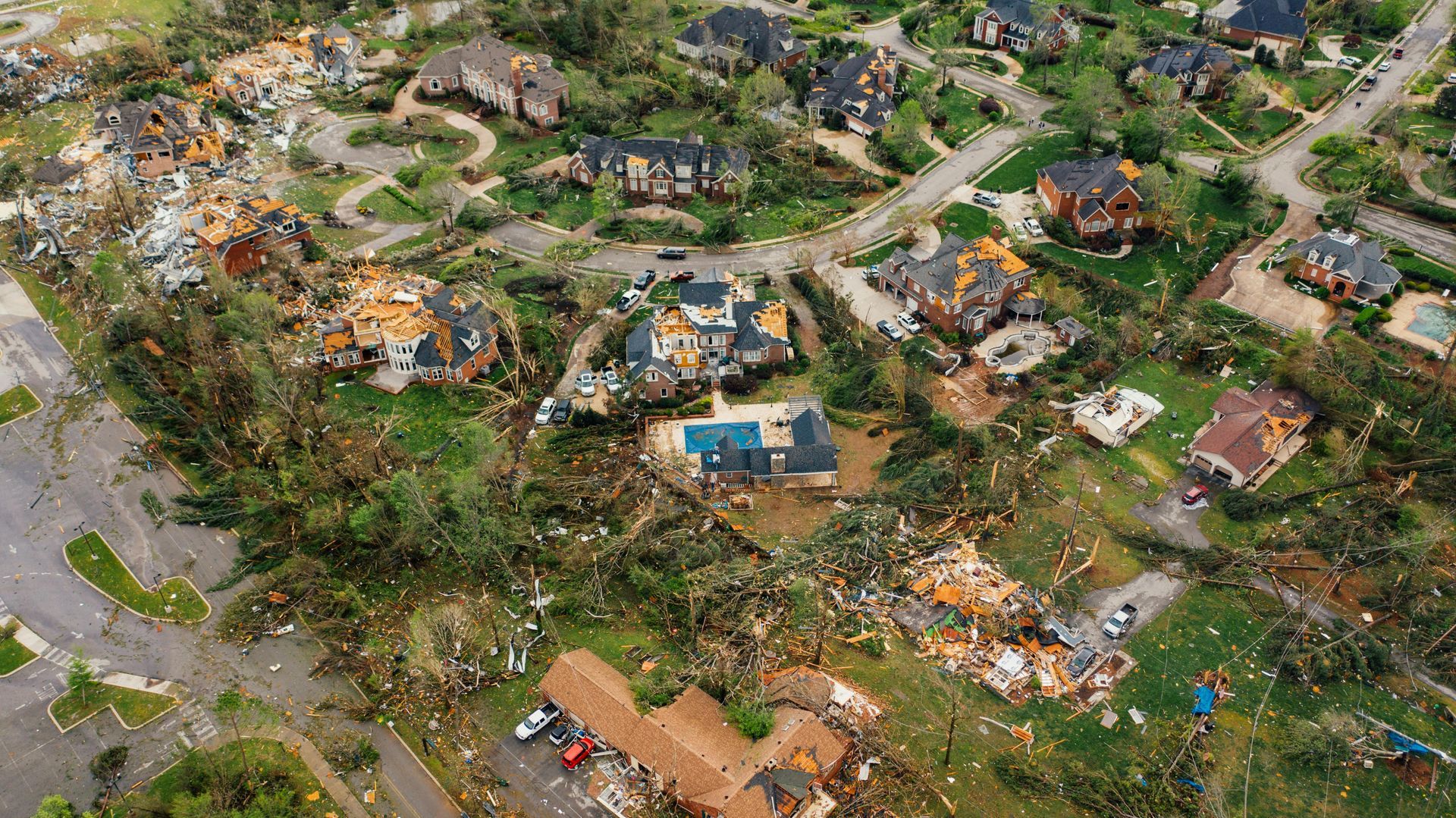
It’s Time to Restore Your Property, Reclaim Your Life, and Get Back to What Matters Most
All Rights Reserved | Disaster South
